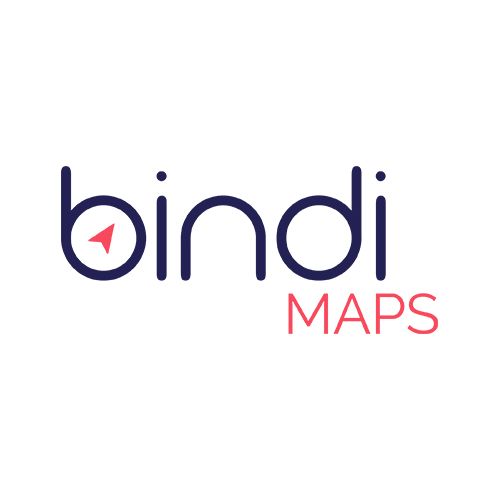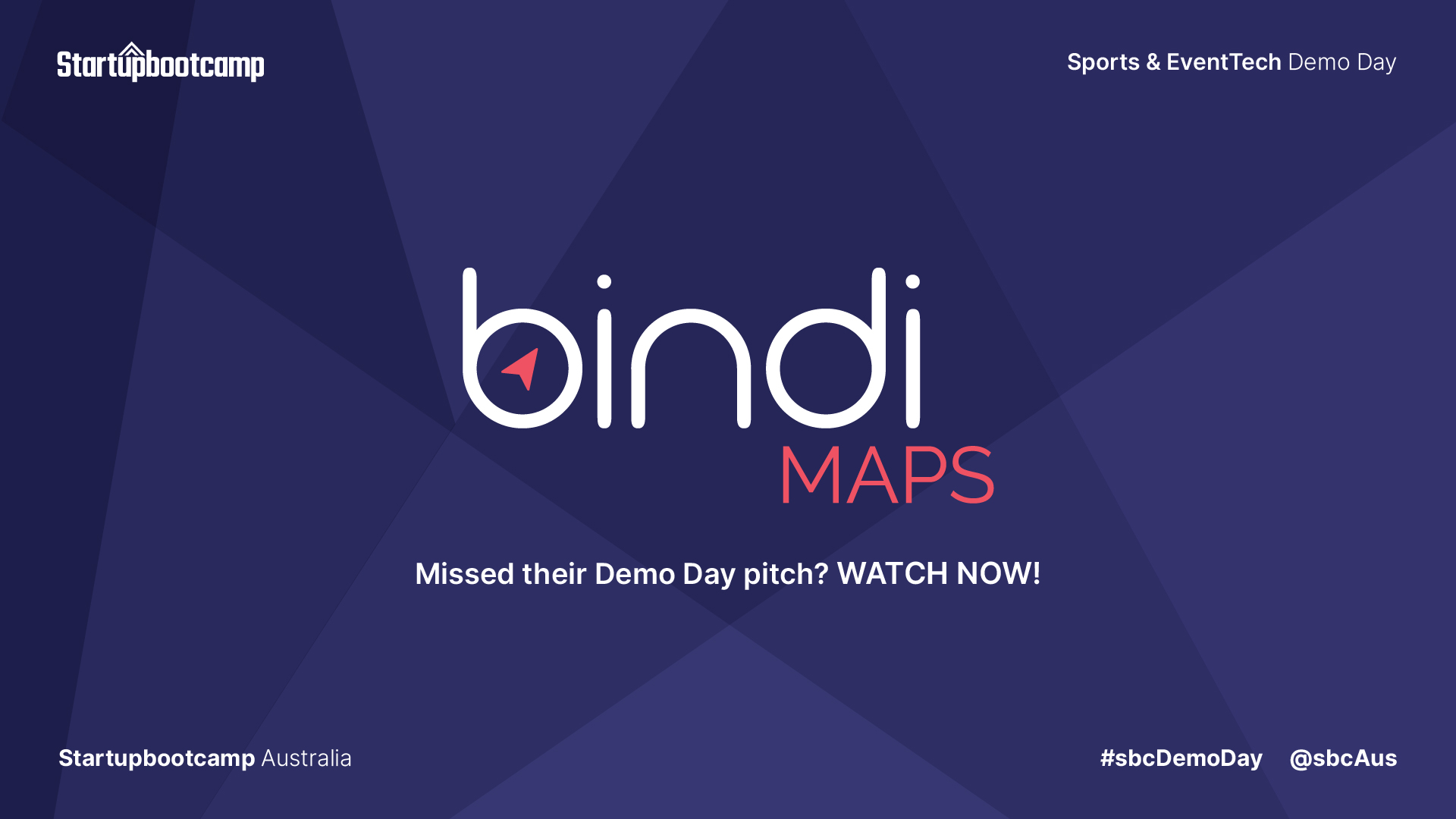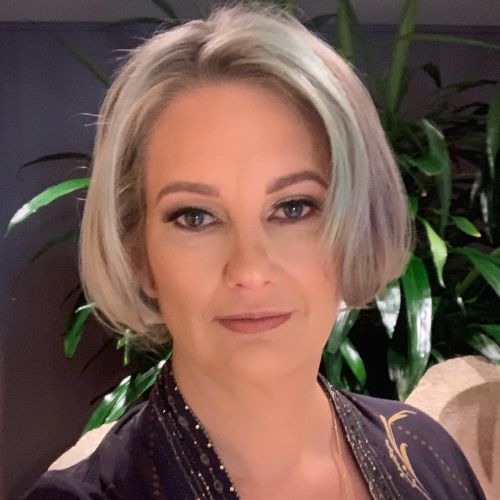
BindiMaps
Company Details
- Location
- Sydney, Australia
- Website
- https://bindimaps.com
- anna@bindimaps.com
- Founded
- 2017
- Employees
- 4-10
- Funding
- USD $1M-$5M
- Fundraising
- Round open now!
- Investment Deck
- Download

Missed BindiMaps's live Q&A? Don't worry, you can still watch the recording!
Live Q&A with BindiMaps
Thur. 20th August, 16:30 AEST
This Q&A will kick-off after the main Demo Day presentation. If you have any questions you'd like to ask, simply enter them in this form.
If we are unable to answer your question during the Q&A, the startup may reach back out to you via email.
Have a question?
Please login to submit your question.
Learn more
About BindiMaps
The problem we're solving:
People with vision impairment struggle with finding their way around unfamiliar public buildings like shopping centres, hospitals and train stations, as the signage is predominantly visual. If there are Braille signs, how is someone who cannot see supposed to know that they are there?
This problem is not limited to those who cannot see. Signage and way-finding is one of the largest complaints made by users of any public building, regardless of their level of sight.
Our solution:
BindiMaps is a smartphone app that provides information, localisation and routing for both indoor spaces and outdoor spaces. While anyone can use it, BindiMaps has been optimised for those with vision impairment, through the help of Guide Dogs, Vision Australia and Royal Society for the Blind. We are now expanding our offering to include wheelchair accessible routing as well as routing for those with autism spectrum disorder.
Our differentiator:
BindiMaps is the only app that works for both those with a disability and those without a disability. BindiMaps also works in both indoor and outdoor spaces. We have our own localisation and routing algorithms, as well as our own language structures to efficiently guide those who are blind or vision impaired.
Biggest achievement:
We could point to many here - our proprietary algorithms, or sales traction, or our partnerships with Guide Dogs, Vision Australia or Royal Society for the Blind. But for any of us here at BindiMaps, our biggest achievement happens daily - when we get to witness the laughter, tears and wonder that happens when someone with vision impairment uses BindiMaps for the first time to independently navigate an unfamiliar space.

